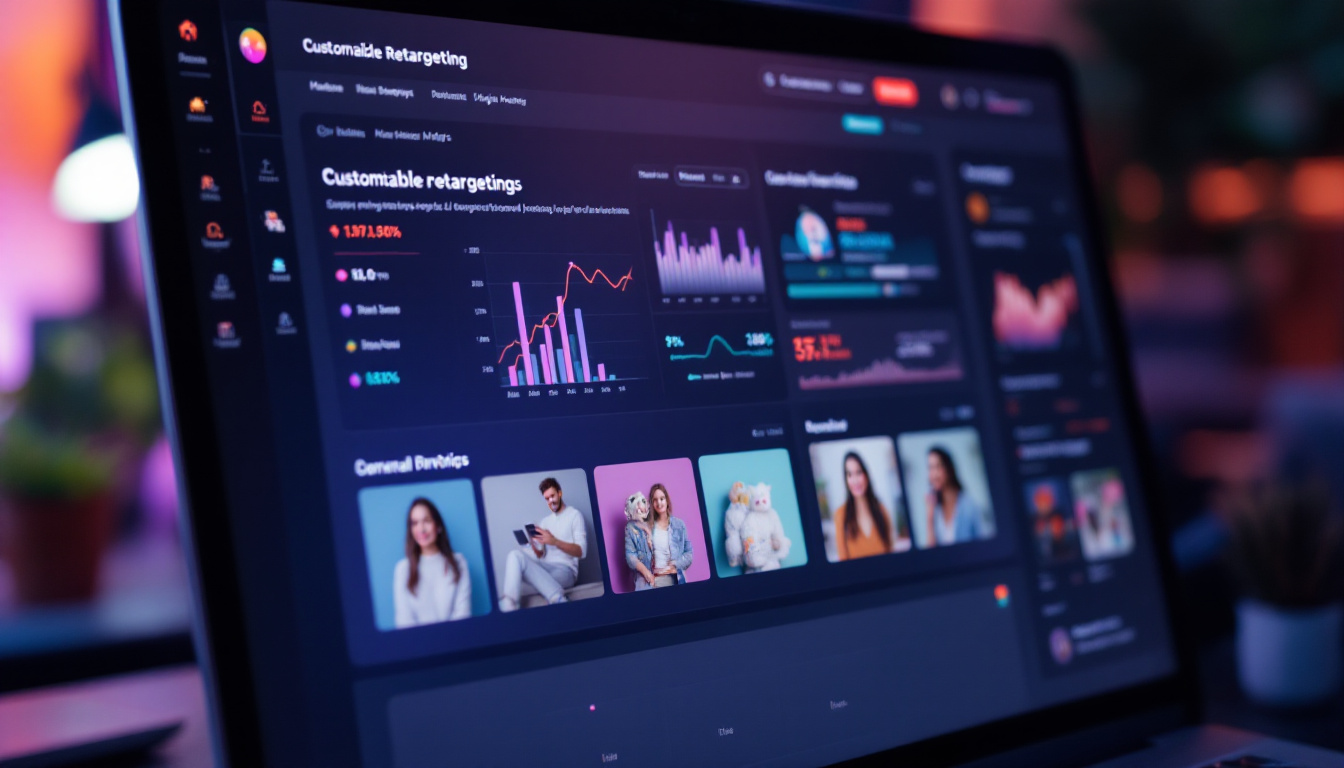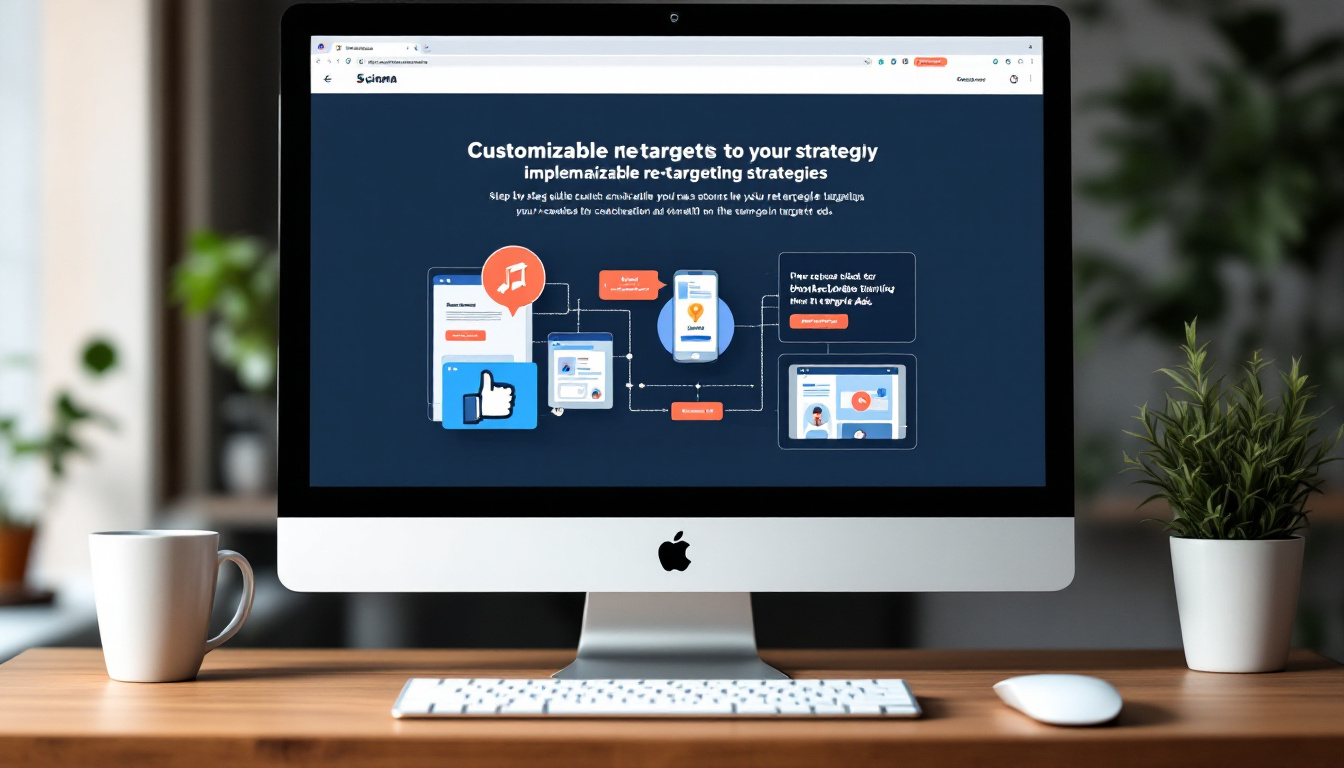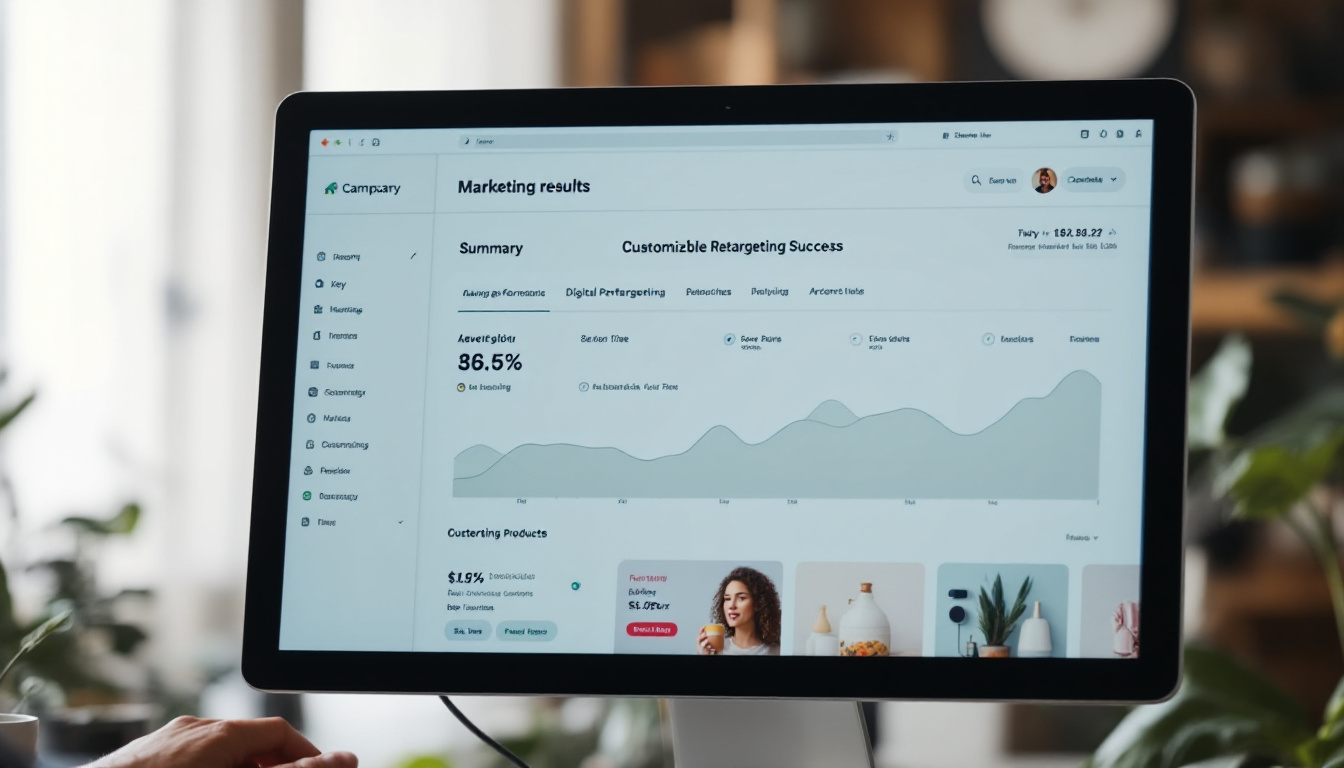What is customizable retargeting?
Customizable retargeting is a marketing strategy that involves tracking users who have visited your website or engaged with your brand and then targeting them with personalized ads. This strategy is based on the premise that users who have already shown an interest in your brand are more likely to convert into customers. Customizable retargeting allows you to tailor your ads to the specific interests and behaviors of these users, increasing the likelihood of conversion.
Retargeting is a powerful tool in the digital marketer’s arsenal, allowing them to stay top-of-mind with potential customers and gently nudge them towards making a purchase. When combined with customization, retargeting becomes even more effective, as it allows marketers to create highly relevant and engaging ads that speak directly to the user’s needs and interests.
Understanding Customizable Retargeting
Customizable retargeting is a two-step process. The first step involves tracking users who visit your website or engage with your brand. This is typically done using cookies, which are small pieces of data stored on the user’s computer. When a user visits your website, a cookie is placed on their computer, allowing you to track their activity on your site.

The second step involves using the data collected from these cookies to create personalized ads. These ads are then displayed to the user as they browse other websites or use social media. The goal is to remind the user of their interest in your brand and encourage them to return to your website and make a purchase.
Benefits of Customizable Retargeting
Customizable retargeting offers several benefits to marketers. First, it allows you to reach users who have already shown an interest in your brand. These users are often more likely to convert into customers, as they have already demonstrated a level of interest in your products or services.
Second, customizable retargeting allows you to create highly relevant ads. By tailoring your ads to the user’s specific interests and behaviors, you can increase the likelihood of engagement and conversion. This level of personalization can also improve the user’s perception of your brand, as it shows that you understand and value their needs and interests.
Challenges of Customizable Retargeting
While customizable retargeting offers many benefits, it also presents several challenges. One of the biggest challenges is privacy concerns. Many users are uncomfortable with the idea of being tracked online, and may be turned off by the idea of personalized ads.
Another challenge is the potential for ad fatigue. If a user sees the same ad too many times, they may become annoyed and less likely to engage with it. To avoid this, it’s important to regularly update your ads and ensure they are not overly intrusive.
Types of Customizable Retargeting
There are several types of customizable retargeting, each with its own strengths and weaknesses. The type of retargeting you choose will depend on your specific marketing goals and the nature of your business.
Site retargeting is the most common type of retargeting. This involves tracking users who visit your website and then targeting them with personalized ads. This type of retargeting is effective for driving conversions, as it targets users who have already shown an interest in your brand.
Search Retargeting
Search retargeting involves targeting users based on their search behavior. For example, if a user searches for a specific product or service, you can target them with ads for that product or service. This type of retargeting is effective for reaching users who are in the research phase of the buying process.
Email retargeting involves sending personalized emails to users who have visited your website or engaged with your brand. This type of retargeting is effective for nurturing leads and driving conversions.
Social Media Retargeting
Social media retargeting involves targeting users who have engaged with your brand on social media. This can include users who have liked your page, commented on your posts, or shared your content. Social media retargeting is effective for building brand awareness and driving engagement.
Mobile retargeting involves targeting users who have visited your website or engaged with your brand on a mobile device. This type of retargeting is effective for reaching users who are on-the-go and may not have time to engage with longer-form content.
Implementing Customizable Retargeting
Implementing customizable retargeting requires a combination of technical know-how and marketing savvy. The first step is to set up tracking on your website. This typically involves adding a piece of code, known as a pixel, to your website. This pixel allows you to track users’ activity on your site and collect data for retargeting.

Once you have set up tracking, the next step is to create your ads. This involves designing engaging and relevant ads that will appeal to your target audience. It’s important to test different ad formats and messages to see what works best for your audience.
Setting Up Tracking
Setting up tracking for customizable retargeting involves adding a pixel to your website. This pixel is a small piece of code that is placed on each page of your website. When a user visits your site, the pixel sends a signal to your retargeting platform, allowing you to track the user’s activity.
There are several retargeting platforms available, each with its own method for setting up tracking. Some platforms require you to manually add the pixel to each page of your website, while others offer a tag manager that automatically adds the pixel for you. It’s important to choose a platform that fits your technical abilities and marketing needs.
Creating Your Ads
Creating ads for customizable retargeting involves designing engaging and relevant ads that will appeal to your target audience. This often involves creating multiple versions of each ad, each tailored to a different segment of your audience.
When designing your ads, it’s important to keep in mind the user’s experience. Your ads should be visually appealing and easy to understand, with a clear call to action. They should also be relevant to the user’s interests and behaviors, as this will increase the likelihood of engagement and conversion.
Measuring the Success of Customizable Retargeting
Like any marketing strategy, the success of customizable retargeting should be measured and analyzed. This involves tracking key performance indicators (KPIs), such as click-through rate, conversion rate, and return on ad spend. By analyzing these KPIs, you can determine whether your retargeting efforts are effective and make adjustments as needed.
It’s also important to test different strategies and tactics to see what works best for your audience. This can involve testing different ad formats, messages, and targeting options. By continuously testing and optimizing your retargeting efforts, you can improve your results over time.
Key Performance Indicators
Key performance indicators (KPIs) are metrics that measure the success of your retargeting efforts. Common KPIs for customizable retargeting include click-through rate, conversion rate, and return on ad spend.
Click-through rate (CTR) is the percentage of users who click on your ad out of the total number of users who see it. A high CTR indicates that your ad is engaging and relevant to your audience.
Conversion Rate
Conversion rate is the percentage of users who complete a desired action, such as making a purchase or filling out a form, after clicking on your ad. A high conversion rate indicates that your ad is effective at driving users to take action.
Return on ad spend (ROAS) is the amount of revenue generated for every dollar spent on advertising. A high ROAS indicates that your retargeting efforts are cost-effective.
Testing and Optimization
Testing and optimization are crucial components of a successful retargeting strategy. This involves testing different ad formats, messages, and targeting options to see what works best for your audience.
For example, you might test different ad designs to see which ones generate the highest click-through rate. Or, you might test different targeting options to see which ones result in the highest conversion rate. By continuously testing and optimizing your retargeting efforts, you can improve your results over time.
Conclusion
Customizable retargeting is a powerful marketing strategy that allows you to reach users who have already shown an interest in your brand and engage them with personalized ads. By understanding the basics of customizable retargeting and implementing it effectively, you can increase your brand awareness, drive more conversions, and ultimately, boost your bottom line.

However, like any marketing strategy, customizable retargeting requires careful planning, execution, and analysis. It’s important to understand your audience, create engaging and relevant ads, measure your success, and continuously test and optimize your efforts. With the right approach, customizable retargeting can be a highly effective tool in your digital marketing arsenal.
